The Naturalist's Sketchbook



Over the past three weekends I co-taught a workshop on "The Naturalist's Sketchbook" with artist Perri Howard, and next weekend I'm giving a presentation for the International Nature Journaling Week, so the topic of nature journaling is at the top of my mind.
I think this is a topic worth covering because a naturalist's journal or sketchbook is a far more valuable tool than you might realize—with value that is both scientific and personal.
But what is a naturalist's sketchbook?
Ultimately, a naturalist's sketchbook is a place where you celebrate the ways your imagination and curiosity engage with the world. It can be filled with any mix of observations, measurements, questions, and sketches.
For examples and inspiration, it is worth following the Nature Journal Club on Facebook where 47,000 people from all over the world share images, tips, and techniques from their journals every day.
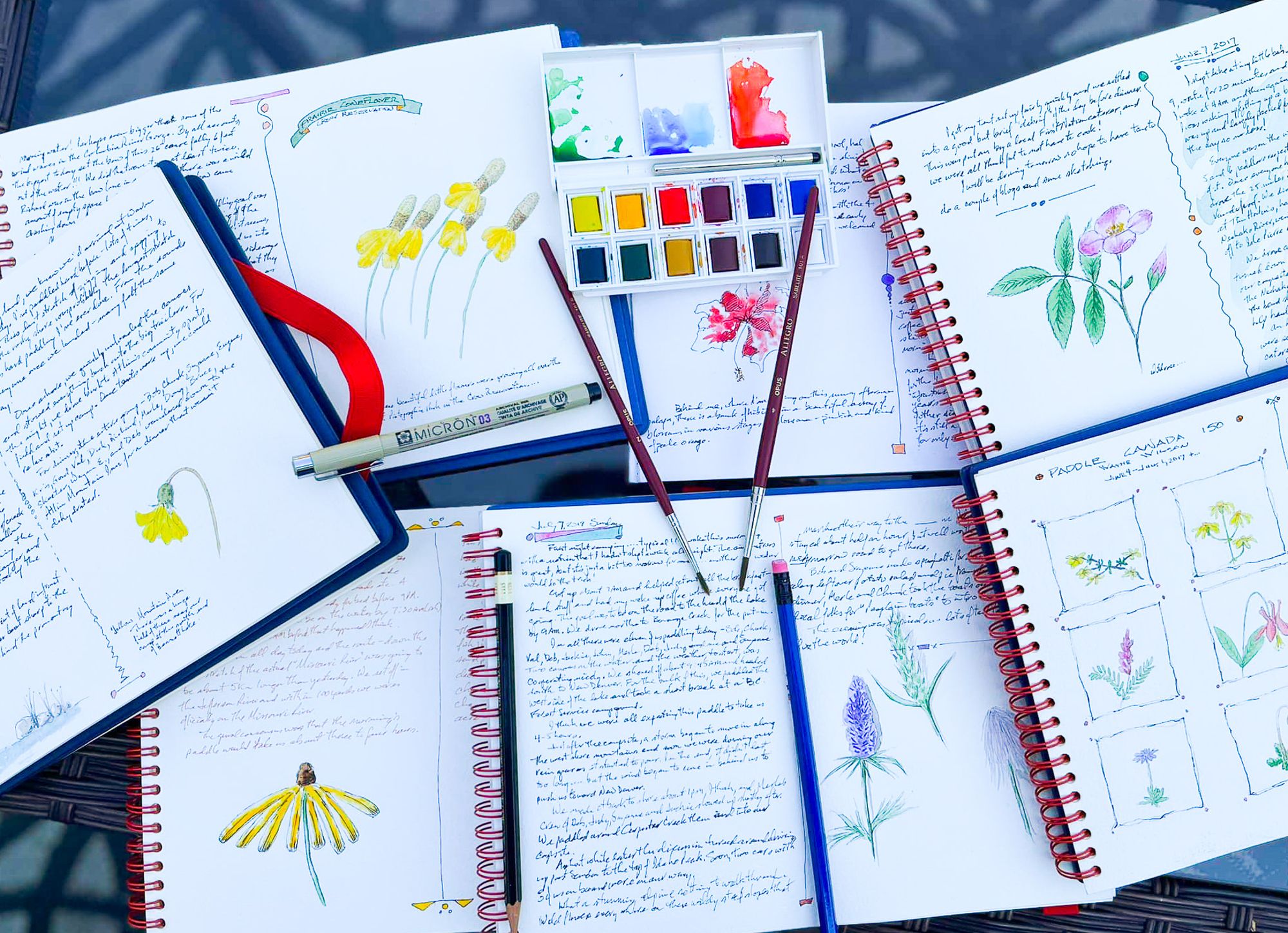
It's easy to believe that keeping a naturalist's sketchbook requires you either have scientific training or be a talented artist, but nothing could be further from the truth. All that matters is that you document what you notice, experience, and wonder about the natural world in ways that are meaningful to you.

Of course you can simply go out and make sketches, but what makes it a naturalist's sketchbook is that it's approached with the intention of making a permanent record. In essence, you are speaking to your future self and capturing what your future self would want to know about this moment. What day is it? What time is it? What was the weather like? Where did you go? What did you notice? What caught your curiosity?
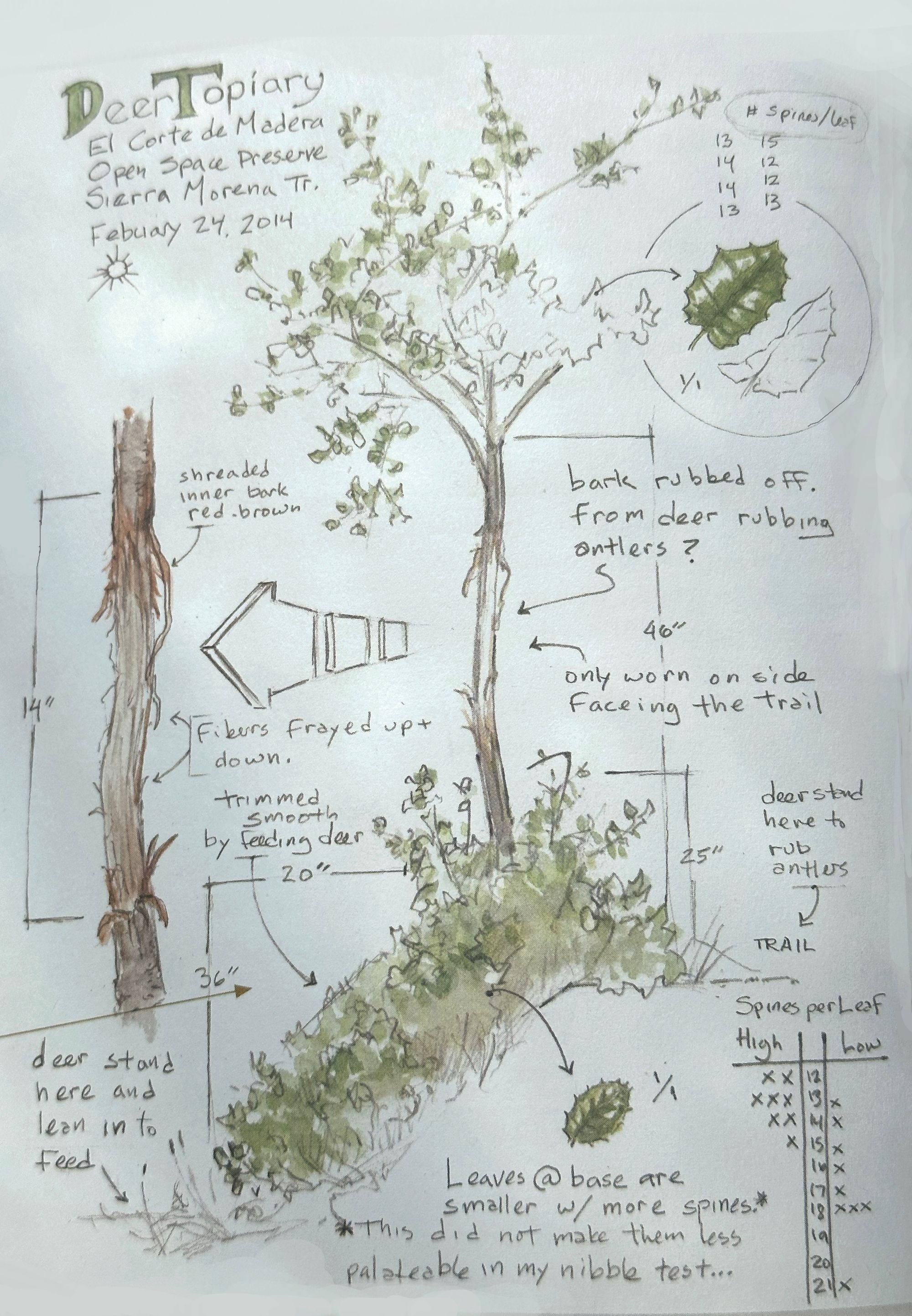
As soon as you capture these kinds of details it becomes a data point in time and that's when it becomes a valuable scientific tool. You might dismiss observations that feel basic and simple such as when the first flowers started blooming or when a bird started nesting, but scientists seldom record this kind of data. Long-term records repeated year after year are extremely rare and extremely important because this information doesn't exist anywhere else.
But just as important is how keeping a naturalist sketchbook transforms your own life experience. My good friend and fellow naturalist John Muir Laws elegantly explores these ideas in his book "The Laws Guide to Nature Drawing and Journaling" and in his many online presentations.
We are conscious of only a fraction of what our senses perceive, and then we remember a mere sliver of that, so a naturalist's sketchbook becomes a place to practice paying attention and building memories.
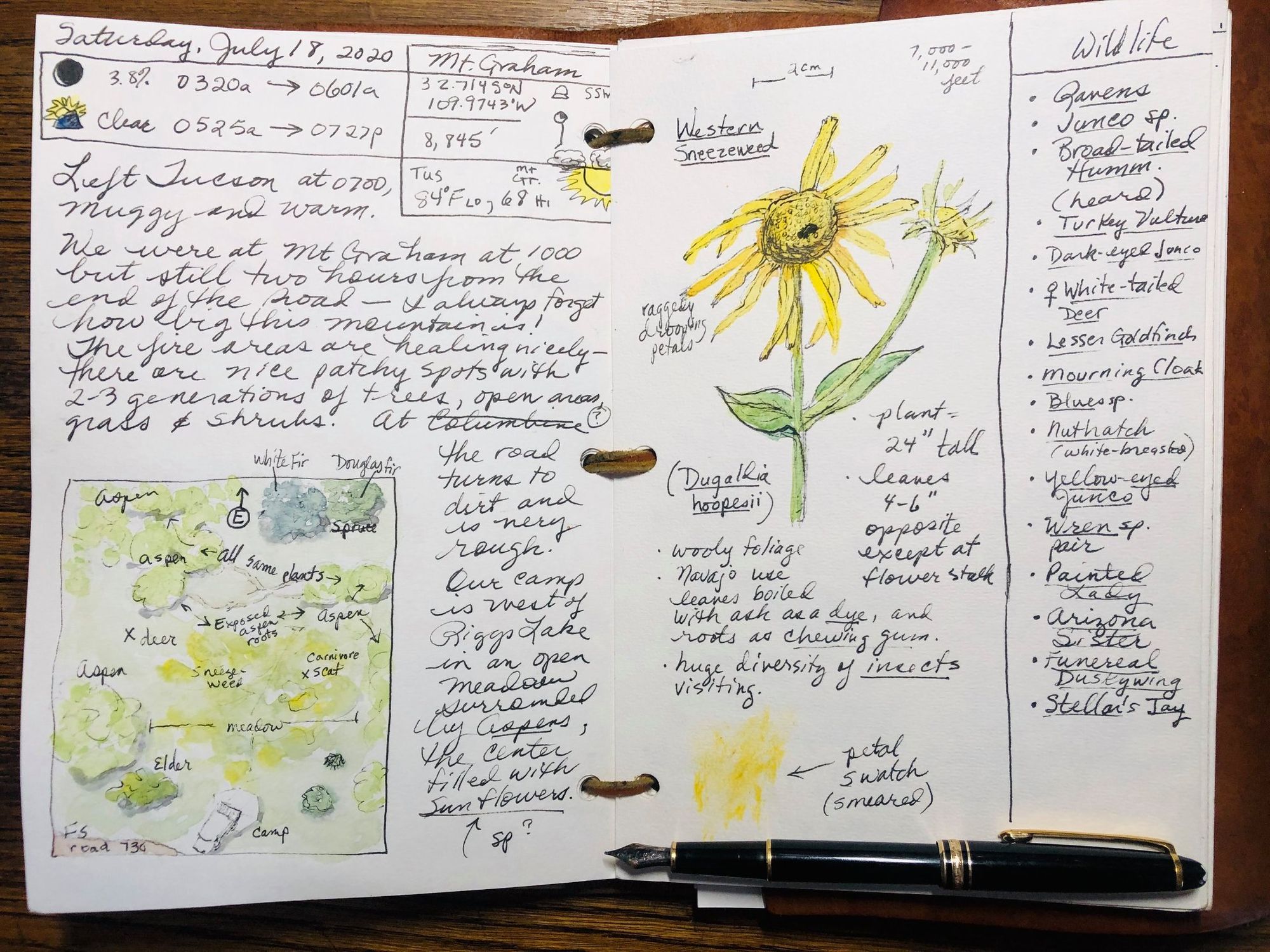
Attention is a cultivated skill that grows every time you exercise this muscle. And when you slow down with the intention of recording what you're looking at and wondering about, you will look closely at the world and then look again and again.
This close attention leads to knowledge that is derived from personal experience, and your sketchbook becomes a record of how you came by this knowledge so that you own it and you remember it.
I feel like the most important part of keeping a naturalist's sketchbook is using it as a place to push and explore and reshape your awareness of the world around you.
You might not realize that we use different parts of our brains when we write, measure, or draw; and use different parts of our brains writing haiku compared to writing a story, or drawing a portrait compared to drawing a map.
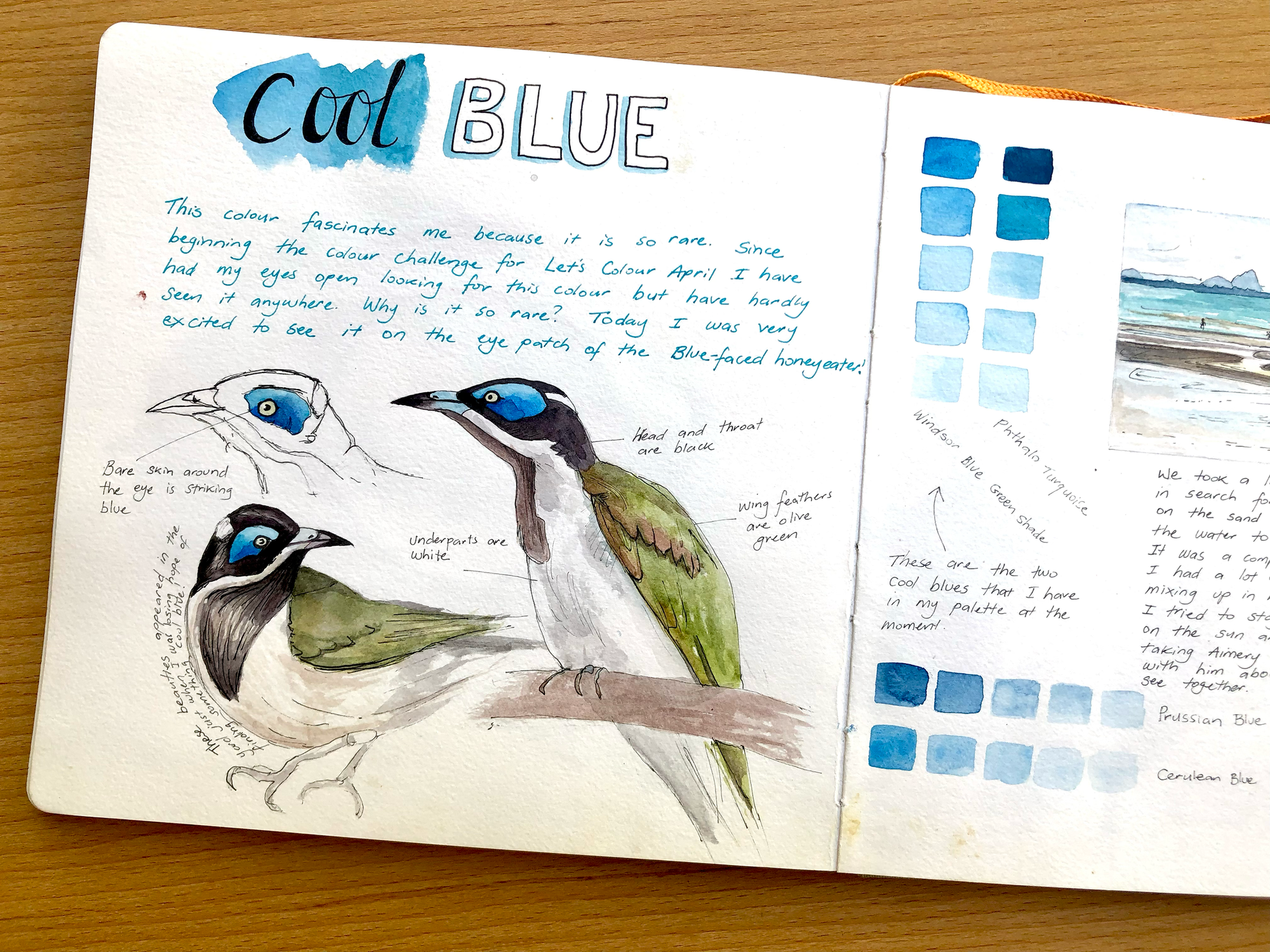
If you think of yourself as an artist then it's a great challenge to write poetry or take measurements, and if you think of yourself as a writer try doing some simple sketching or counting some flower buds. These are all ways to exercise and expand your field of attention.
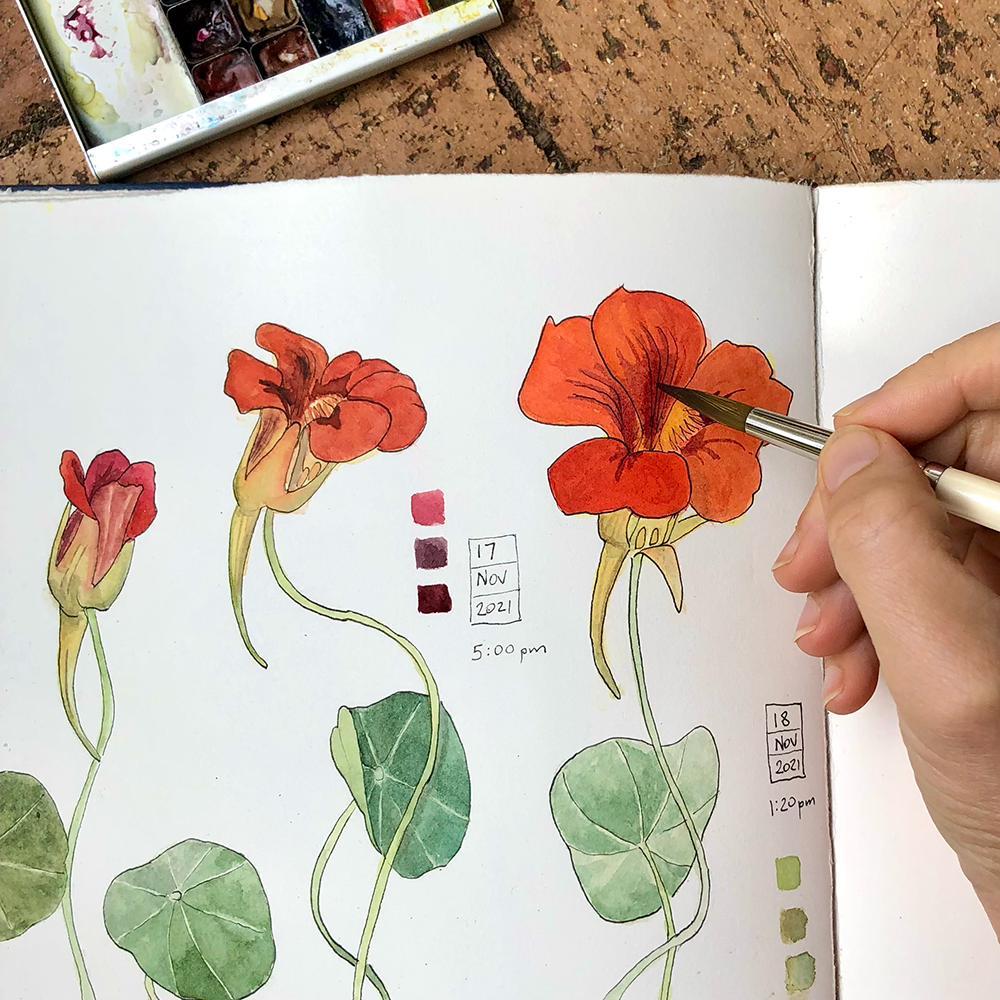
As John Muir Laws writes, it's not about what's on the page, but about what you experience and how you think along the way. Practice curiosity and fall in love with the world.

Member discussion